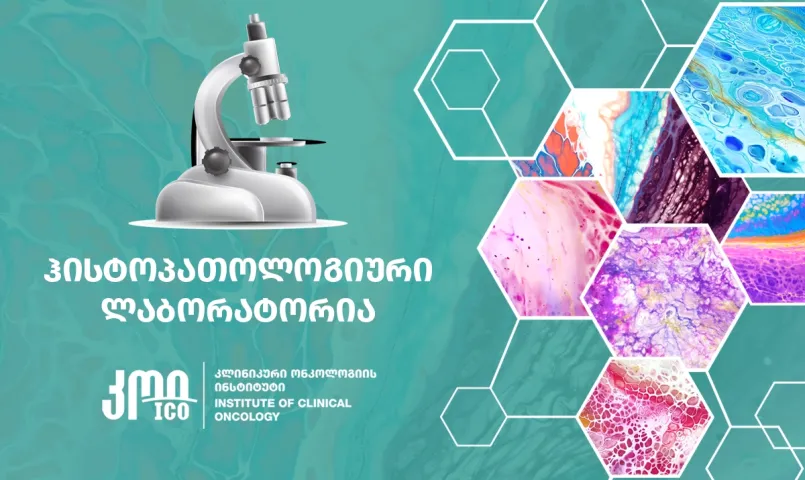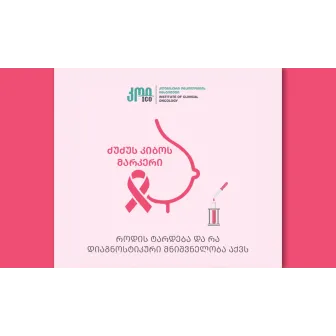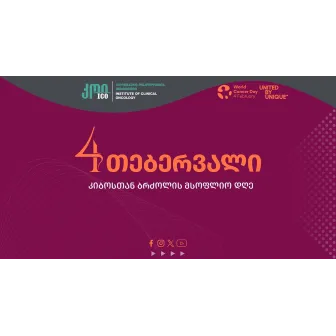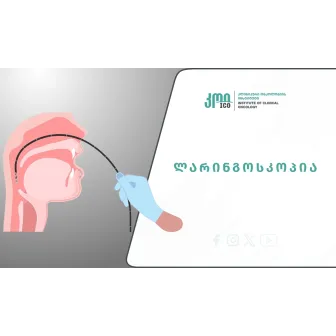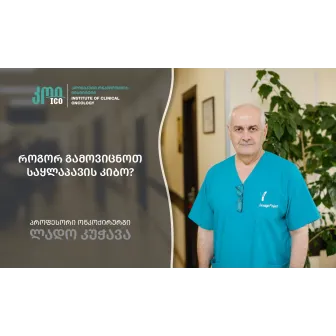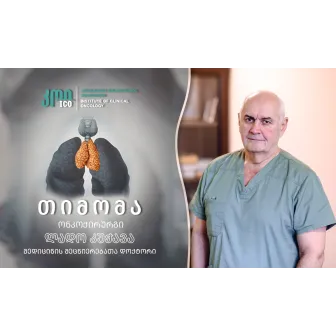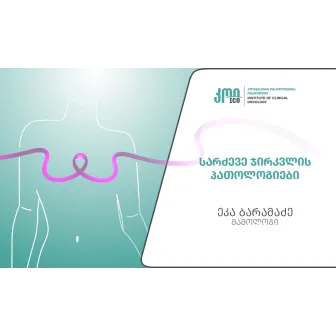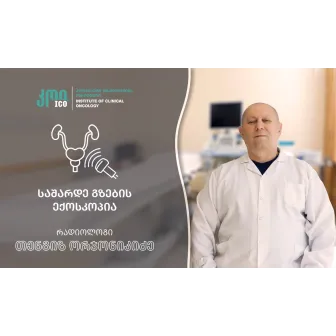Morphological examination, according to scientists, is the gold standard in diagnostics.
Types of morphological examination are cytology and histology.
During morphological examination, the population of cells is examined under a microscope. Morphology plays a particularly important role in tumor processes. After determining histogenesis and histotype, further treatment of the patient is required.
We’d like to introduce Pathomorphology Laboratory of the Institute of Clinical Oncology, where histomorphological and immunohistochemical studies of preoperative and postoperative tissue structure are actively conducted.
Lab examinations and diagnostics are carried out using the latest equipment from the leading European brand Leica, and the reagents from NonoCastra and Bio-optica.
Diagnostics is conducted in the shortest possible time, by leading highly qualified pathomorphologists, laboratory technicians, t and molecular technologists.
The lab offers the following examinations:
- Histomorphology of preoperative and postoperative material.
- Immunohistochemistry test, which is used to detect antigens, as well as amino acids, proteins, infectious agents, and cell populations. The immunohistochemical method is one of the molecular study methods, used to differentiate benign and malignant cell proliferators, determine proliferative activity, subtype histologically undifferentiated tumors, phenotyping lymphoproliferative diseases, determine the primary focus during metastatic processes, determine hormonal status, and also the Hercep Test.
- PD-L1 (Programmed Cell Death Protein 1) - measuring of expression, which is important for immunotherapeutic treatment of cancer patients.
- MSI -H (Microsatellite instability) - detection of protein produced by four oncogenes MSH-6; MSH2; MLH1, and PMS2 and determination of tumor instability. (Important for immunotherapeutic treatment of cancer patients.)
- Intraoperative rapid morphological study, having significant diagnostic value during the operation. Rapid morphological conclusion determines the degree of the tissue anaplasia and the level of spread, which determines the extent of surgical intervention.
- Views:1510




